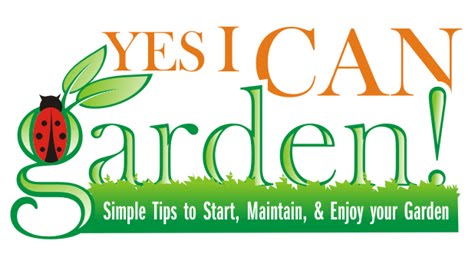Following the directions for proportions of plaster to water, begin by placing the water in a large bucket. Add the plaster of Paris, and stir well with an inexpensive tool such as a wooden spoon. Next, you can pour the plaster into the mould, and then wait for it to set. This project can also be done in the snow—although it may be a little more tricky. You may need to sprinkle dry powder on the tracks, or else mist the tracks slightly before adding the plaster—and if it is really cold out and the cast freezes, you may need to pick the whole thing up and bring it inside! Either way, make sure to first remove any small twigs, seeds, or other items that can easily picked up without altering the print.
Once the plaster has dried, dig it up carefully—if you have used plastic, you can reuse this again later. Leave it for a few days to harden completely, and then clean off the excess soil (if you have done a summer casting). Use an old toothbrush or nailbrush to get into all the cracks and crevices, to make sure your cast is as detailed as possible. If you would like, you can paint on or around the tracks to highlight them.

Children may enjoy collecting the casts they have made. You may want to keep a log of dates (summer 2009, for example) and locations (backyard, park, community garden, forest trail, and so on), along with information identifying the animals that left the tracks. You can help children access information to help them identify animal tracks using the local library, field guides, or an internet search. This kind of collection can be fun to add to each year—and it can be paired with notebooks that children can keep to note their observations about insects, animal life, and changes in the garden throughout the seasons.

No comments:
Post a Comment